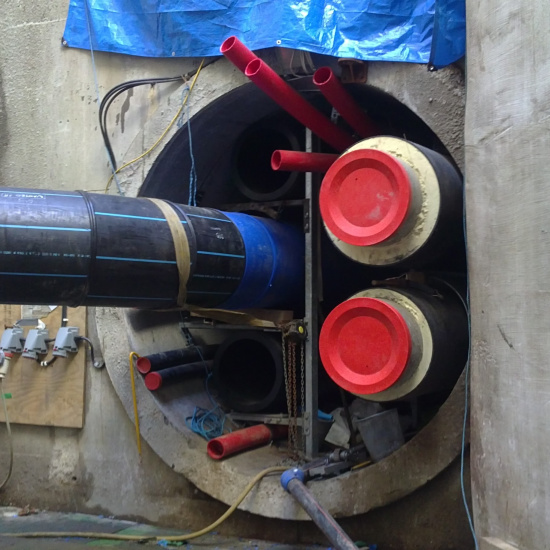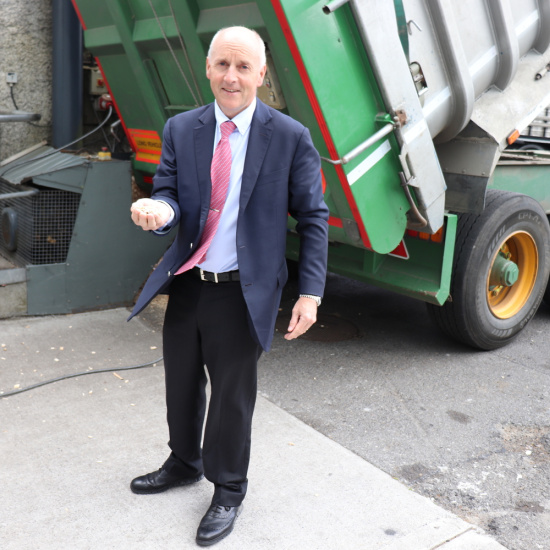Stat Chat - "Solar's Time to Shine"
The Leaving Cert exams have just finished, ending a period that's traditionally associated with great weather, so what better time to look at how solar farms are helping provide Ireland with renewable electricity
Ireland has been using renewable hydroelectricity for over a hundred years, ever since the completion of the Ardnacrusha power plant in 1922. And we've been adding to our wind generation capacity for over 20 years. Contrast that to Ireland's first grid-connected solar farms, which only started exporting renewable electricity in June 2022 - just one year ago.
In that very short time, solar farms have quietly been going from strength to strength. Since January 2023, we've seen an exponential increase in the amount of renewable electricity from our solar farms, with generation roughly doubling every month since then. This rapid short-term growth has been driven by the increasing number of grid-connected solar farms, and seasonality effects - the simple fact that it's sunnier in late spring and summer.
May 2023 was a bit of a landmark month - it was the first time Ireland generated more renewable electricity from its solar farms than it did from its hydro-electricity stations. This shows that solar farms really have "arrived" in terms of their contribution to the national renewable energy portfolio. And their contribution will only continue to increase as the solar farms already at the planning stage are built and connected to the grid.
How does electricity generation from solar farms compare with wind generation, I hear you ask. Well, in May 2023, we generated 580 GWh from wind and 63 GWh from solar farms, which is 10-to-1 in favour of wind. That's still a very impressive showing from solar farms, given that we've been adding wind farm capacity for decades, but grid-connected solar farms for just a few months.
A key point to note is that solar is strong when wind is weak. As the data-panel above shows, electricity generation from wind is high during winter months (e.g. 1231 GWh in January 2023), but then drops substantially in summer months (e.g. 580GWh in May 2023). Currently, we compensate for this seasonal dip in wind generation by leaning more heavily into gas, coal, or oil-fired electricity generation. But as we continue to build-out our solar farms, more-and-more of the seasonal dip in wind generation will be "carried" by our solar farms, meaning that we'll be less-and-less dependent on imported fossil-fuels. An ideal solution is the co-location of solar and wind farms, where conditions and planning regulations permit. This approach allows the same valuable grid connection to be more fully utilised across the year - accepting more electricity from wind during winter, and more from solar in the summer.
The 2023 Climate Action Plan calls for a "balanced diet" of wind and solar by 2030 - specifically 9 GW of onshore wind, at least 7 GW of offshore wind, and 8 GW solar. This balanced approach helps ensure that Ireland can generate renewable electricity all year round - hail, rain, or shine. And for the inevitable days when it's neither windy nor sunny, green hydrogen, battery storage, and other grid-technologies, will help us store and then dispatch renewable electricity on demand in the future.
In short, Ireland's sustainable future already looks brighter, thanks to the growing number of grid-connected solar farms coming online. Let's hope for a sunny summer, not only for solar generation, but for those poor recovering Leaving Cert students!




